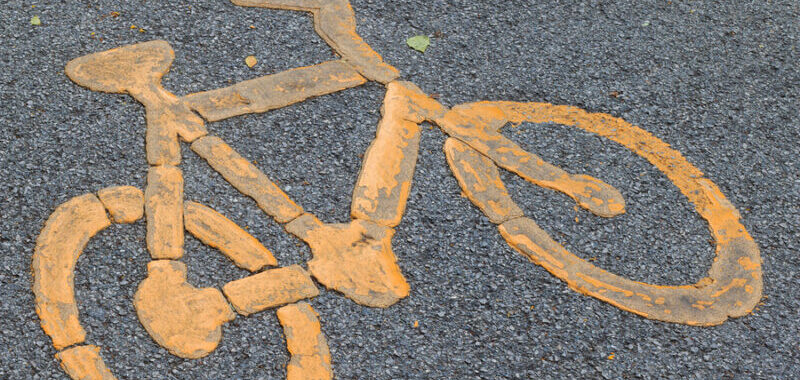Road authority (municipality) liable for cyclist fall due to long crack in road surface
Hague Court of Appeal dated 17 May 2016
This personal injury case concerns a 10-year-old girl cycling with a friend on the back of her bike on an asphalt cycle path after returning from the beach after an outing with the scout group. At some point, the cycle path slopes quite steeply down from the dunes. On this sloping section, the girl and her friend's bicycle fall over, causing the girl to suffer head injuries. In the middle of the cycle path in question, at the time of the accident a longitudinal crack in the asphalt about five metres long and, at its end, a perpendicular crack in the transverse direction. The girl's mother holds Wassenaar municipality liable for the damage on grounds of premises liability or tort.
The court concluded that there was no defective premises. The facts of the accident had not been established, there had been no inadequate maintenance and there had not been a situation here that required interim measures, such as repairing the cycle path or warning road users.
On appeal, the court of appeal ruled that this was a heavily travelled cycle path that was frequently used throughout the year. In addition, it is a fact of common knowledge that cyclists riding to and from the beach generally carry luggage (beach gear) and it is also a regular occurrence that they take someone else on the back of the bike (such as children). Carrying luggage and/or a passenger is a circumstance that, according to experience, can negatively influence the stability of cyclists. Viewed against this background, in the court's opinion fairly high requirements may be placed on the condition of the road surface in question in order to prevent serious danger of falling (caused by uneven road surfaces) on this busy cycle path to the beach.
In this case, according to the court, it is established that the road surface had been damaged. Indeed, at the time and place of the accident, the cycle path had a longitudinal crack in the asphalt of about five metres long and, at its end, a transverse crack at right angles to it. At the location and at the time of the accident, therefore, the cycle path did not meet the requirements that may be expected under the circumstances. The court concludes that it has been sufficiently established that the crack in the road surface in question caused the accident, the road surface was defective and considers the municipality liable for the girl's damages.

